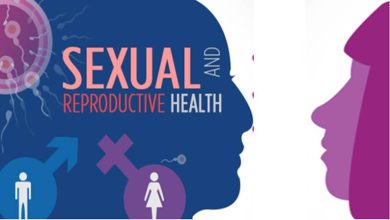Sexual Violence and Female Genital Mutilation (FGM)
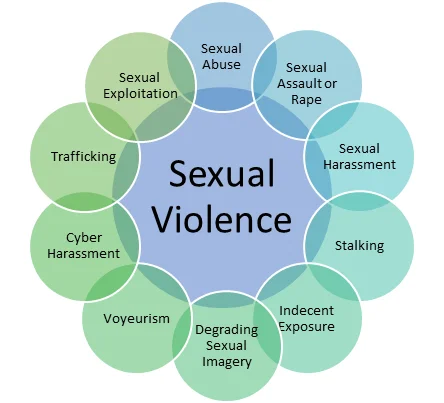
Introduction:
Sexual viciousness influences ladies, men and children all through their lives and can be obliterating for people, families, and communities.
However, offer assistance is accessible. Together, ready to alter the conditions that contribute to sexual viciousness.

What is sexual violence?
Sexual savagery implies that somebody powers or controls somebody else into unwanted sexual action without their assent. Reasons somebody might not consent incorporate fear, age, ailment, inability, and/or impact of liquor or other drugs. Anybody can encounter sexual viciousness counting: children, high schoolers, adults, and older folks. Those who sexually manhandle can be colleagues, family members, trusted people or outsiders.
What’s Female Genital Mutilation?
Female genital mutilation (FGM) alludes to all methods including halfway or add up to expulsion of the female outside genitalia or other harm to the female genital organs for non-medical reasons. It is most regularly carried out on youthful young ladies between earliest stages and age 15. In each frame in which it is practiced, FGM may be a infringement of girls’ and women’s principal human rights, counting their rights to wellbeing, security and dignity.
Types of Female Genital Mutilation
Female genital mutilation is classified into four main types:
Type 1: This is the partial or total removal of the tissues of the clitoris (the external and visible part of the clitoris, a sensitive part of the female genitalia). or the foreskin (the fold of skin surrounding the glans clitoris).
Type 2: involves partial or total removal of the glans clitoris and the labia minora (the labia minora inside the vulva). Removal of the labia majora (external folds of the vulvar skin).
Type 3: Moreover known as infibulation, typically the narrowing of the vaginal opening through the creation of a covering seal. The seal is shaped by cutting and repositioning the labia minora, or labia majora, now and then through sewing, with or without expulsion of the clitoral prepuce/clitoral hood and glans.
Type 4: This incorporates all other destructive methods to the female genitalia for non-medical purposes, e.g., pricking, penetrating, incising, scratching and cauterizing the genital region.
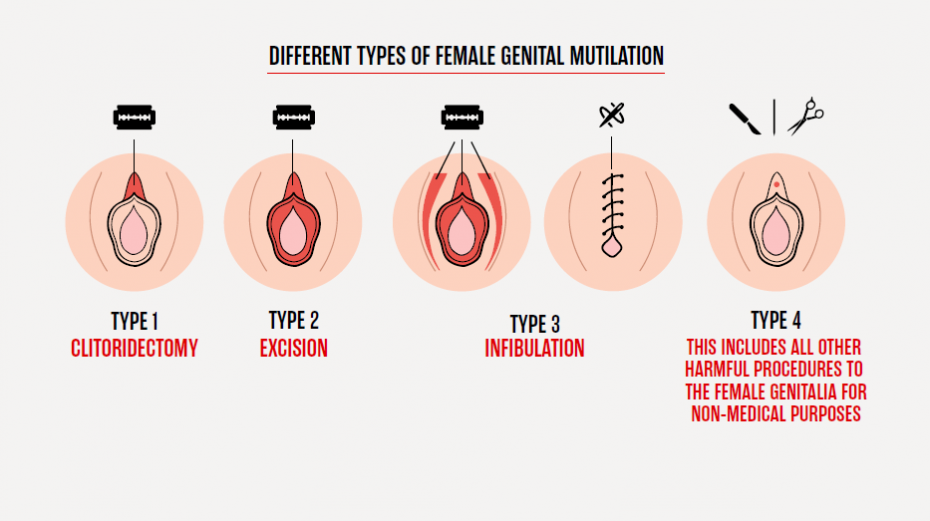
What problems does FGM cause girls and women?
FGM has no health benefits and can cause serious long-term problems, including death. Health problems include bleeding, shock, infection, HIV transmission, urinary retention, and severe pain. caregivers with long-term anxiety and depression.
As adults, girls who have undergone FGM are more likely to experience complications during childbirth, including. infertility , postpartum hemorrhage, stillbirth and early neonatal death.
Why is genital mutilation still practiced?
Various components contribute to the determination of the hone. However in each society in which it happens, FGM is an expression of profoundly established sexual orientation inequality.
Some social orders see it as a ceremony of entry. Others utilize it to stifle a girl’s sexuality or guarantee her chastity. FGM isn’t supported by Islam or Christianity, but devout writings are commonly sent to legitimize it.
Where FGM is most predominant, communities may regard it a prerequisite for marriage or legacy. This makes it troublesome for guardians to forsake the hone. Families who don’t take part confront shunning, their girls at chance of getting to be ineligible for marriage.
Why is FGM a violation of human rights?
Regardless of how it is practiced, FGM violates universal human rights.
FGM violates the principles of gender equality and non-discrimination. This violates the right to be free from torture and cruel, inhuman or degrading treatment. This violates the right to the highest possible level of health, the right to physical integrity and the rights of children. In the worst cases, the right to life is even violated.
How common is female genital mutilation?
The exact number of girls and women who have undergone FGM worldwide is unknown, but more than 230 million girls and women have undergone FGM in 31 countries across the three countries subjected to FGM. It is considered at risk. FGM every year. In 2021, it was predicted that there would be two million more cases of FGM in the next ten years due to the closure of schools affected by COVID-19 and the disruption of protection programs for girls.
Worldwide progress has been slow. It was created to eliminate FGM. Girls today have a third less experience than 30 years ago. However, maintaining these results despite population growth is a major challenge. By 2030, almost one in three girls worldwide will be born in the 31 countries where FGM is most common, putting 68 million girls at risk. The numbers will increase. In 2030, it will be bigger than now.
Where is female genital mutilation most common?
Although female genital mutilation has declined in most countries where it is most common, progress in eliminating the practice has been uneven. In some countries, female genital mutilation is still as common as it was three decades ago. More than 90 percent of women and girls between the ages of 15 and 49 in Guinea and Somalia have experienced some form of genital mutilation.
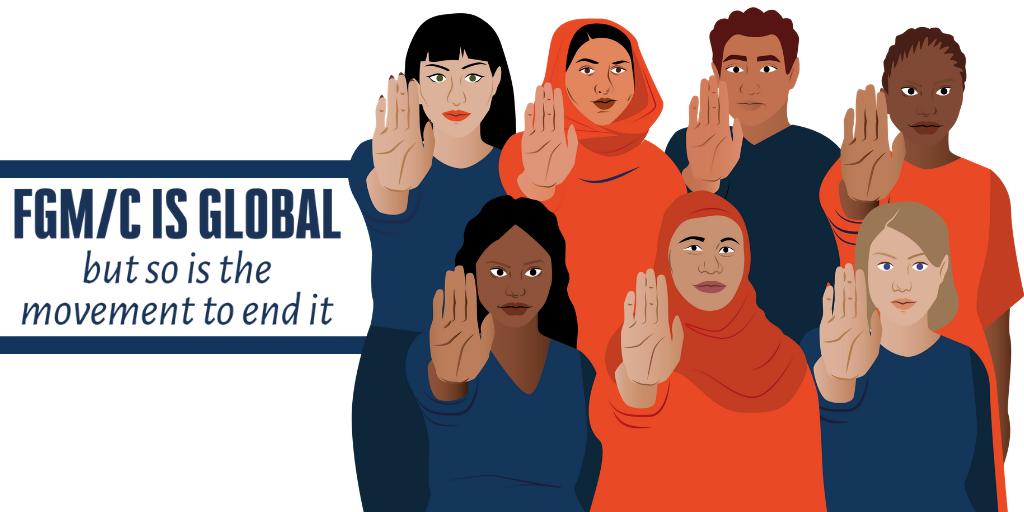
What is the treatment of female genital mutilation?
A worrying trend in some countries is the treatment of female genital mutilation, where the procedure is performed by a health care provider. Approximately one in four survivors of FGM – approximately 52 million women and girls worldwide – have been subjected to FGM at the hands of health professionals.
Medicalization not only violates medical ethics, but also threatens to legitimize the practice and give the impression that it is not done.be. consequences No matter where or who does it, female genital mutilation is never safe. All forms of FGM remove and damage healthy tissue and disrupt the biological functions of girls’ bodies.
What is UNICEF doing to prevent FGM?
Eliminating FGM requires a coordinated effort involving entire communities – youth, parents, religious leaders, civil society organizations, activists, medical professionals, educators and policy makers. One of the most effective ways to end FGM is collective abandonment, where the entire community decides to abandon the practice. This ensures that no family or girl is disadvantaged by participating in FGM.
UNICEF and the United Nations Population Fund (UNFPA) are jointly leading the world’s largest program to end female genital mutilation. Launched in 2008, the program works with communities to raise awareness of the harms of FGM and change social norms towards collective rejection. UNICEF also works with governments at national and regional levels to support the development of policies that focus on ending and prohibiting FGM.
For girls at risk of FGM and survivors of FGM, UNICEF provides medical and psychological support. supports health professionals who provide such care.
What is the impact of UNICEF’s work?
Since the establishment of the joint UNFPA-UNICEF program to end female genital FGM, 13 countries have passed national laws banning FGM. The program has also helped more than 6 million girls and women receive FGM-related prevention, protection and treatment services. So far, about 45 million people in communities in 15 countries have publicly declared that they will abandon this practice.
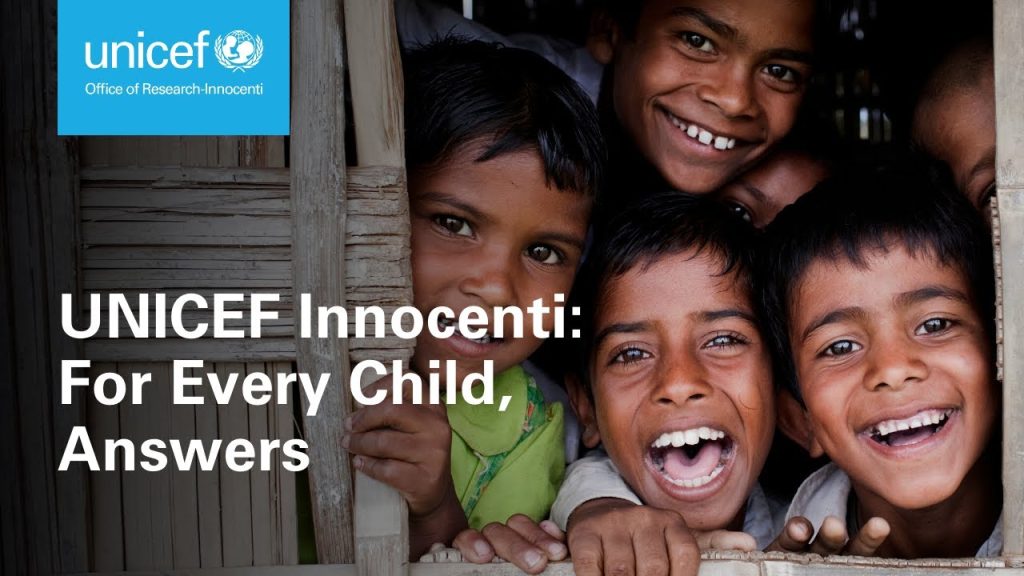
Conclusion:
Female genital mutilation can reduce the quality of sexual life and increase the possibility of negative consequences such as marital violence, infidelity and decreased sexual intercourse.
What is FGM and why is it done?
Female genital mutilation (FGM) refers to all procedures involving partial or total removal of the female external genitalia or other injury to the female genital organs for non-medical reasons. It is most often carried out on young girls between infancy and age 15.
How does female genital mutilation affect sexual health?
vaginal problems (discharge, itching, bacterial vaginosis and other infections); menstrual problems (painful menstruations, difficulty in passing menstrual blood, etc.); scar tissue and keloid; sexual problems (pain during intercourse, decreased satisfaction, etc.).

